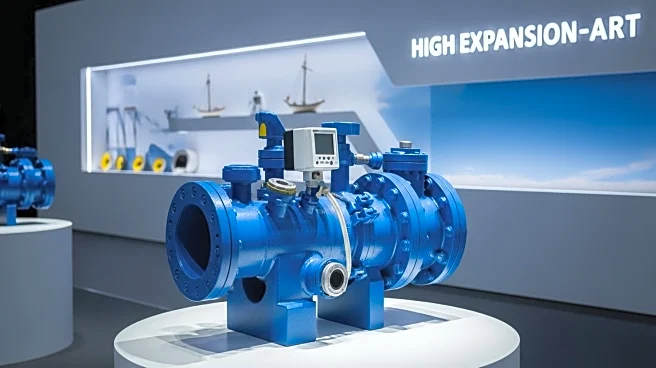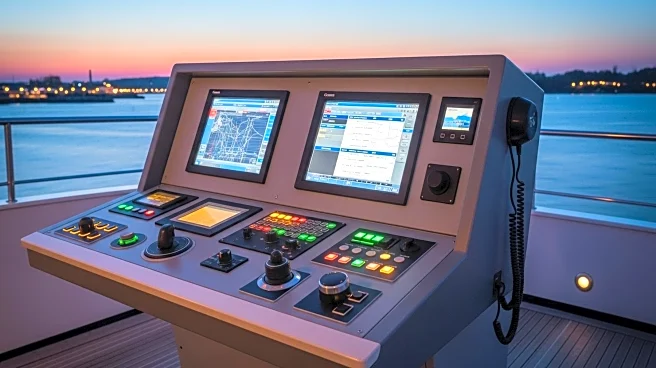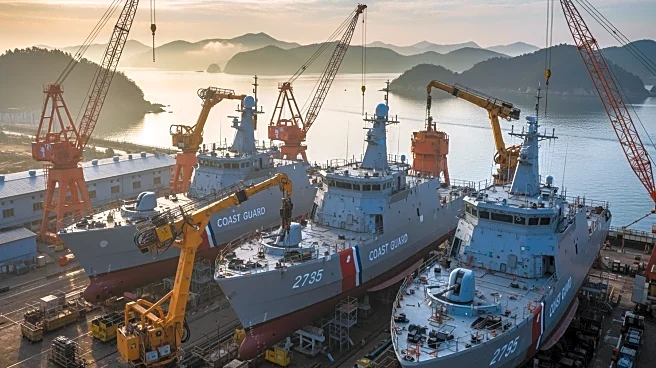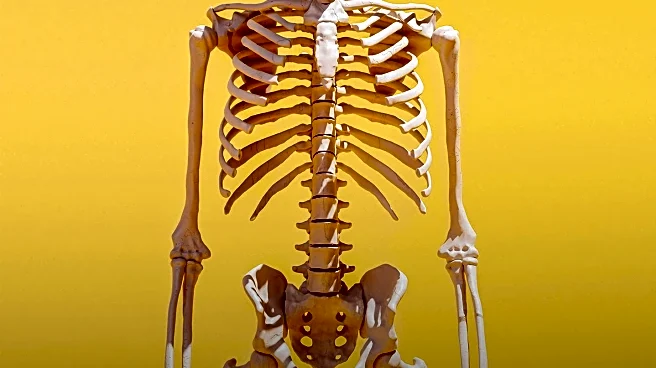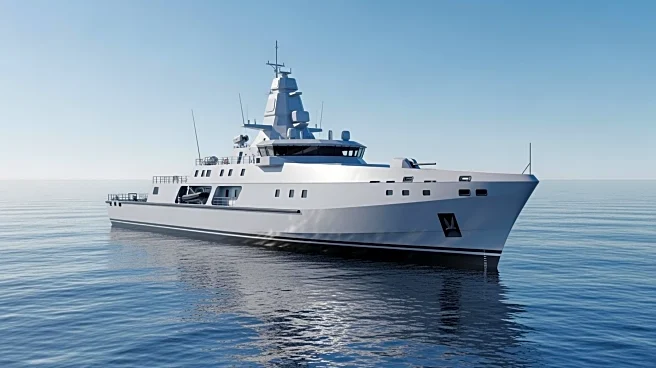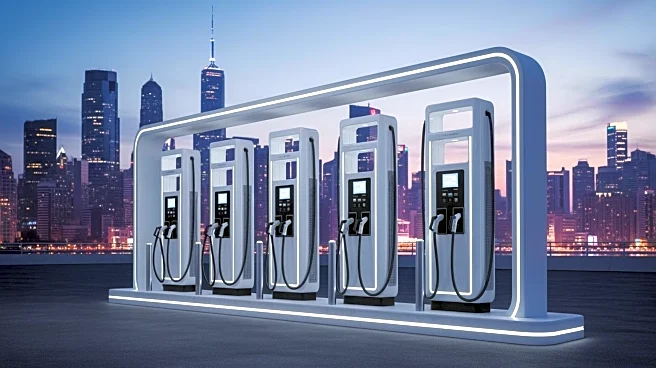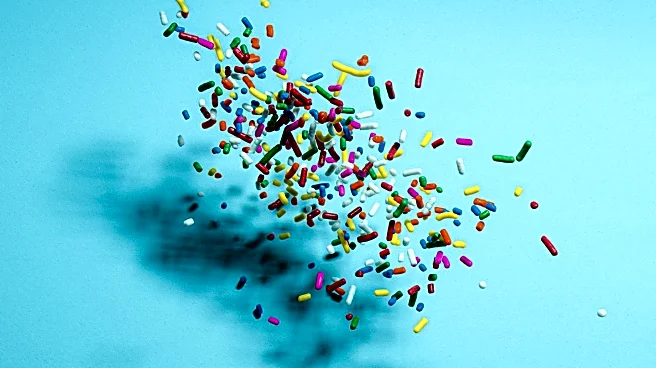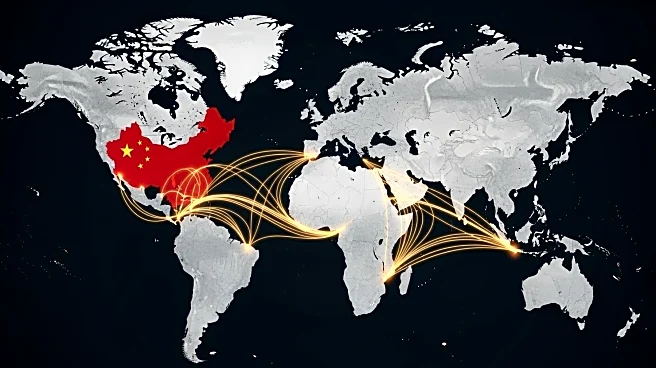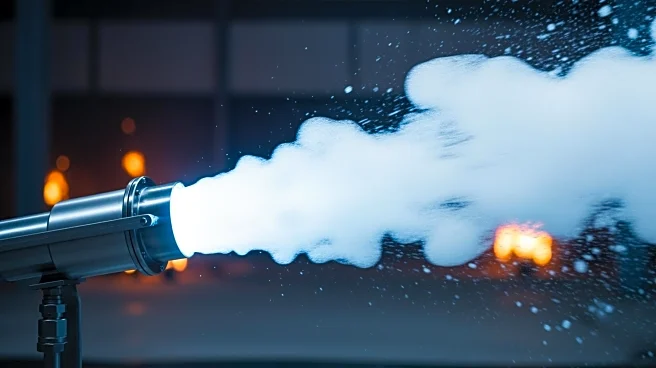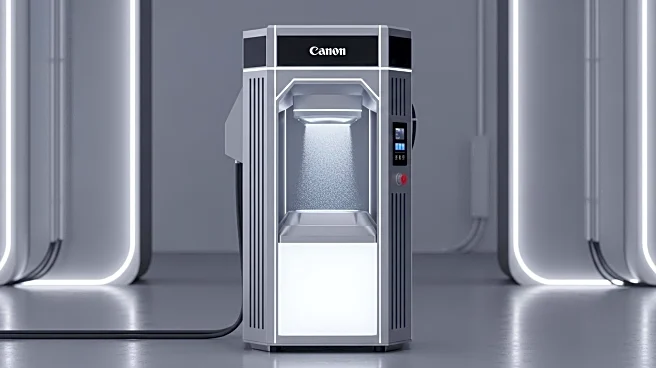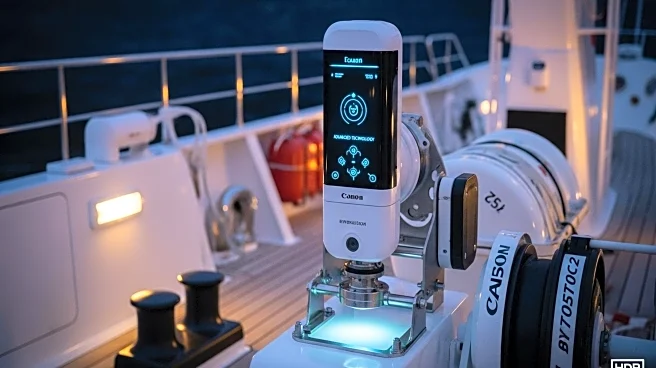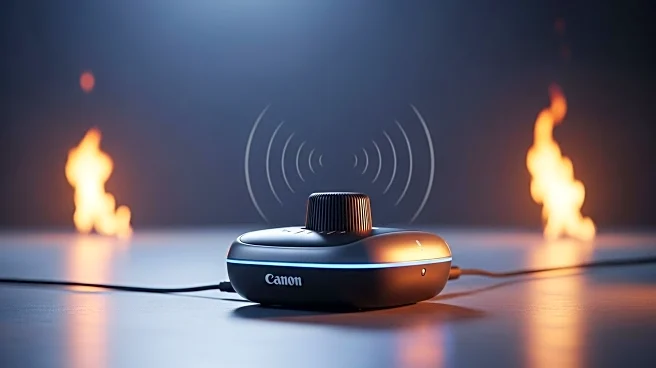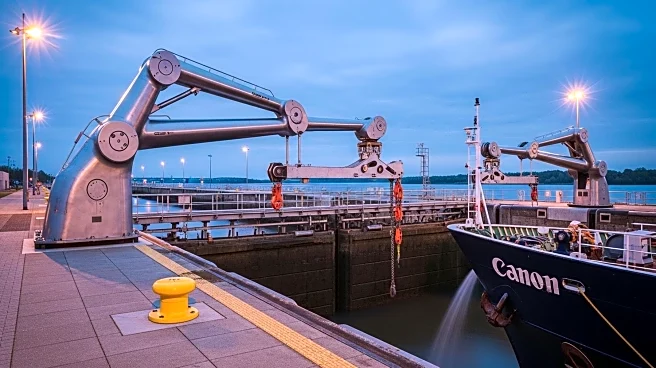What's Happening?
Survitec has unveiled its next-generation high-expansion foam fire suppression system, designed to deliver higher foam output at lower operating pressures. This innovation reduces installation and operational costs for shipyards and ship owners. The system features
a redesigned generator that enhances efficiency and reduces system size, with optimized nozzle alignment and improved airflow. The foam system is suitable for various maritime applications, including machinery spaces on gas carriers and tankers, and RORO spaces on Pure Car Carriers. It is fluorine-free, complying with upcoming regulations, and compatible with Survitec's safety management solution.
Why It's Important?
The introduction of Survitec's advanced foam system represents a significant advancement in maritime safety technology. By lowering pressure requirements, the system reduces the need for extensive equipment and infrastructure, offering cost savings and improved efficiency for ship operators. The system's compliance with future regulations ensures long-term viability and environmental responsibility. This development could influence industry standards for fire suppression systems, promoting safer and more sustainable practices in maritime operations.
What's Next?
Survitec plans to showcase the new foam system at the Kormarine exhibition in Busan, Korea, from October 21-24, 2025. The company will engage with shipyards and owners to verify compatibility with existing pump and pipework systems and manage approvals to ensure compliance and operational integrity. As the system gains traction, it may lead to broader adoption across the maritime industry, potentially setting new benchmarks for fire safety technology.
Beyond the Headlines
The launch of Survitec's foam system highlights the ongoing evolution of maritime safety technologies. It underscores the importance of innovation in addressing environmental and regulatory challenges within the industry. The system's design reflects a growing trend towards sustainable and efficient solutions, which could drive further advancements in maritime safety and environmental protection. This development may also encourage collaboration between technology providers and regulatory bodies to enhance safety standards globally.
